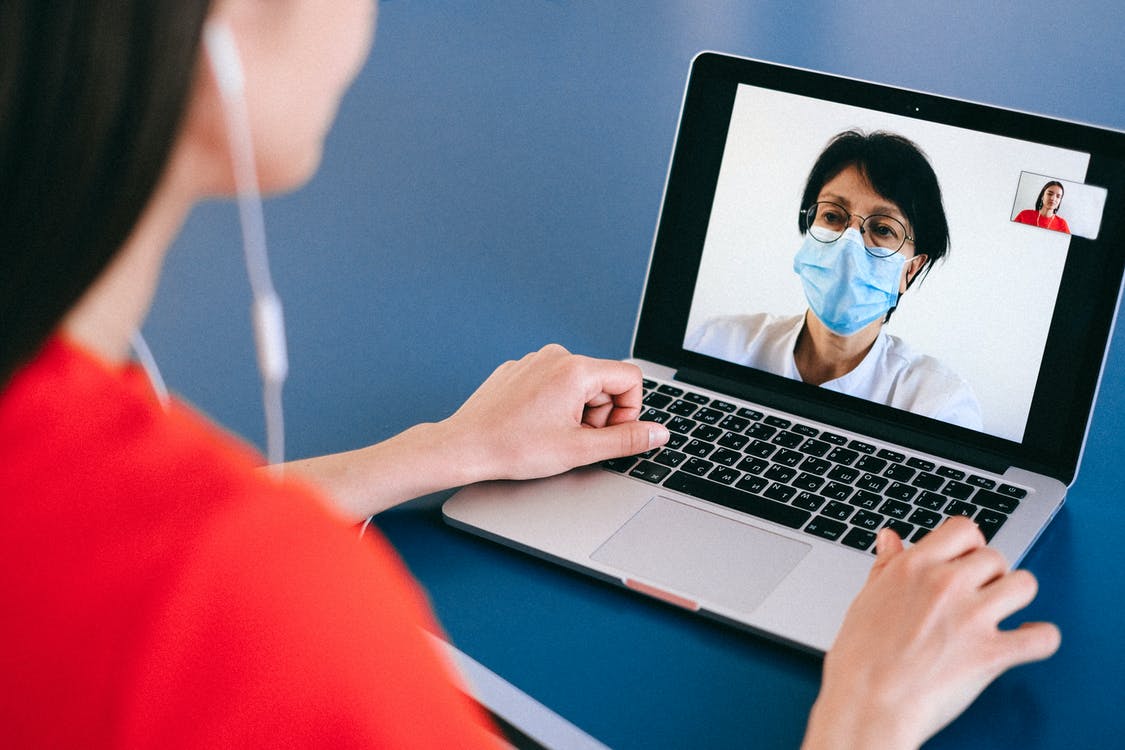
Innovative technologies, progress in the field of pharmacology, and the growing popularity of a healthy lifestyle led to the fact that the life expectancy of people around the world is increasing. This means that medical institutions will need to provide medical care to an increasing number of people around the world. Every year the need for medical staff will only increase.
The easiest way out of this is to attract more talent from around the world to work in the healthcare industry. However, this is always influenced by a huge number of factors that can cause challenges. Thus, the best solution is to use advanced technologies.
The most effective technologies that can help achieve growing progress in the healthcare delivery environment are AI, as well as machine learning. They help to deal with various tasks not only more efficiently, but also free medical workers from routine tasks to solve higher-priority issues. Thus, more medical institutions are resorting to the implementation of the AI ML platform, which contributes to achieving faster and better results.
We will talk about how today these technologies are used in the field of medicine.
Top priority use cases
Encouraging health behavior change
Some diseases are easy enough to get rid of if you start to lead a healthy lifestyle. We're talking about obesity, some heart diseases, and bad habits. Starting a healthy lifestyle for many patients is a challenge. Patients need not just to make a one-time effort, but to constantly adhere to the healthy norms of nutrition and behavior, so they need frequent reminders.

Based on this, machine learning is now used to read patient information from intelligent sensors. For this, various connected devices are used that transmit information for analysis. Subsequently, based on the data obtained, patients can receive information about what they need to do.
A prime example is SmokeBeat, an app that reads data about patients' movements, especially hand-to-mouth movement. It helps patients discover their smoke patterns by showing information about the number of cigarettes smoked, money spent, and lifetime. After 30 days of using this supplement, over 20% of patients experience a reduction in smoking.
Individual support for patients
Working in the healthcare industry is particularly stressful, so overworked nurses are not always able to provide individualized care for every patient. Since the start of the pandemic, we have seen the rise of telemedicine, and today the use of the virtual nurse is on the rise.
One of these virtual medical workers is Molly, who can be contacted by every patient needing help. A virtual health worker can offer support, show empathy, and provide useful medical information. At the time when the patient needs help or until the next doctor's visit, they can turn to Molly.
The virtual nurse collects data on patient health indicators through devices connected via Bluetooth. It collects information about patients' pressure, their weight, and much more. The technology understands what people are saying and can respond to them by giving advice.
Rapid analysis of medical images
Medical staff use advanced equipment to screen patients' organs. Despite the power of such equipment, the analysis of the images can take a long time. In addition, depending on the equipment, the quality of the resulting images can significantly slow down the work of medical workers.
Patients having CT scans can wait a very long time to receive the results of the scans. This affects the speed of care for patients around the world.
Now some medical institutions are resorting to the use of software based on machine learning. One of the most successful software to date is SubtleMR. This software works with all kinds of scanners used by medical organizations. It helps improve image quality by using noise reduction as well as image sharpening. Organizations using this advanced software have been able to speed up their protocols by more than 30%.
Conclusion
The use of machine learning and artificial intelligence in the healthcare industry comes with some challenges. You can’t completely trust the health of patients with technology, but with their help, medical professionals can provide faster, as well as better care to patients.
These are just a few of the options for using technology. Over the years, their number will only increase. However, to date, these technologies are helping to encourage health behavior change to combat common illnesses and bad habits, provide personalized support to patients, and analyze medical screenings to detect diseases more quickly.